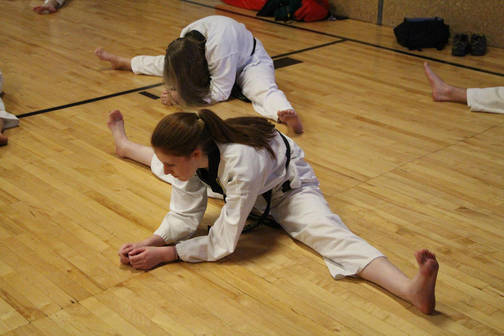skribs
Grandmaster
My primary art is Taekwondo, and if I may say so myself, I've excelled at it. I have naturally good body mechanics with my strikes, I learn the forms really fast, and the impractical fancy kicks come easy for me. When I was an orange belt, I watched a black belt trying to teach another black belt the 540 kick and I landed it on my 3rd or 4th try.
Then I started hapkido. As much as I buttered myself up with confidence (or maybe arrogance) in the last paragraph, I'm going to caveat with humility in this one. Hapkido is incredibly difficult for me. I've never been good at finding pressure points, half the time it takes me several tries to figure out how to lock the joints the right way, too often I try to use my strength instead of my technique. I find it significantly more difficult than Taekwondo.
The real funny thing is we can eliminate the instructor as the variable, because my Master is the same for both arts.
Does anyone else who's trained multiple arts experience this? Where you go into one art and it all just comes naturally to you, and then you go to another art and it's like you might as well be a baby giraffe trying to walk?
Then I started hapkido. As much as I buttered myself up with confidence (or maybe arrogance) in the last paragraph, I'm going to caveat with humility in this one. Hapkido is incredibly difficult for me. I've never been good at finding pressure points, half the time it takes me several tries to figure out how to lock the joints the right way, too often I try to use my strength instead of my technique. I find it significantly more difficult than Taekwondo.
The real funny thing is we can eliminate the instructor as the variable, because my Master is the same for both arts.
Does anyone else who's trained multiple arts experience this? Where you go into one art and it all just comes naturally to you, and then you go to another art and it's like you might as well be a baby giraffe trying to walk?

